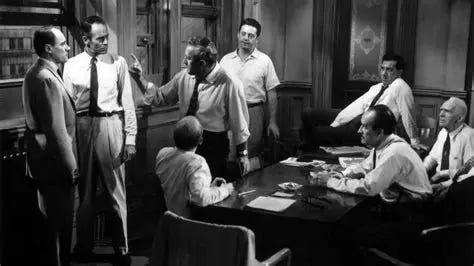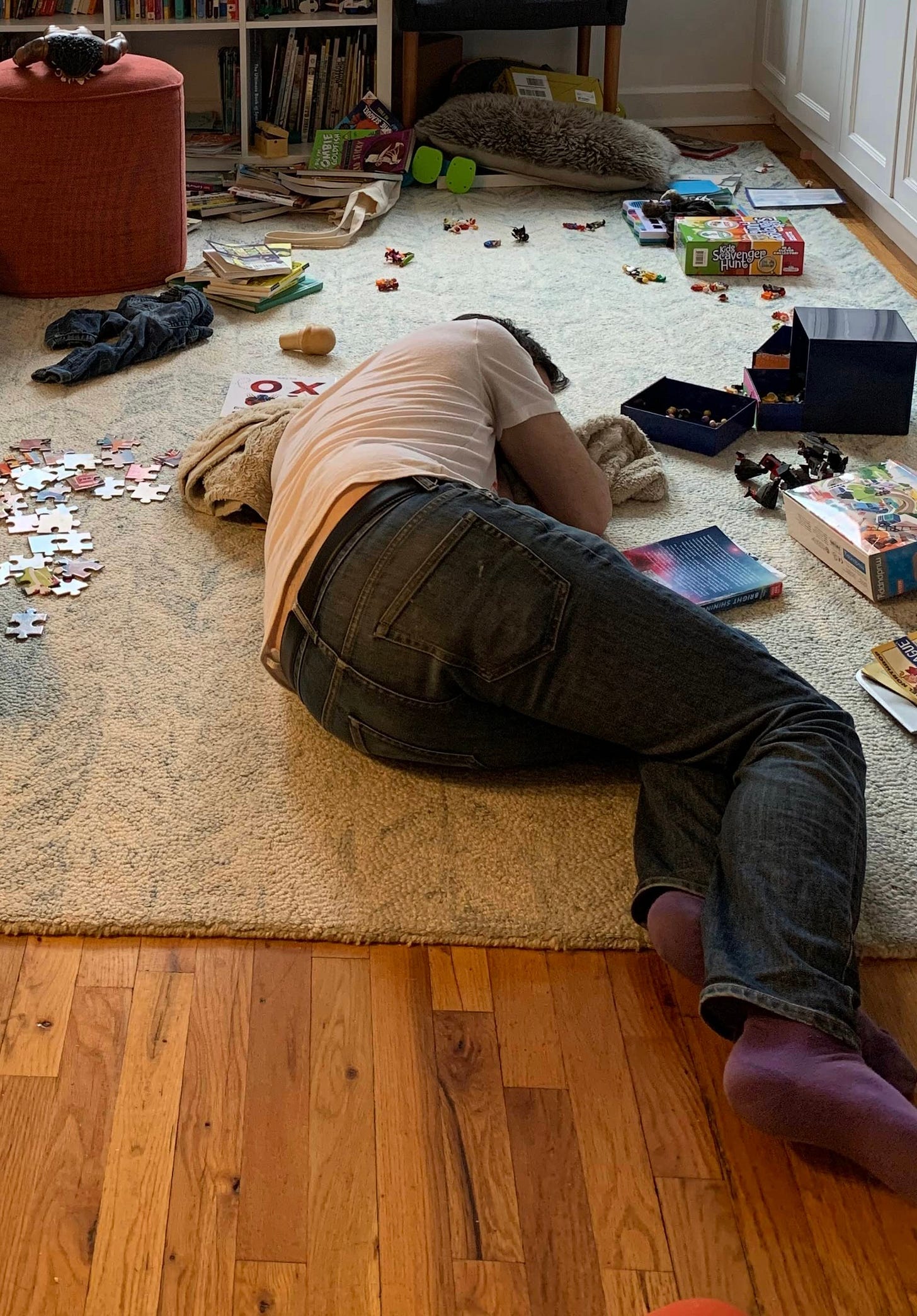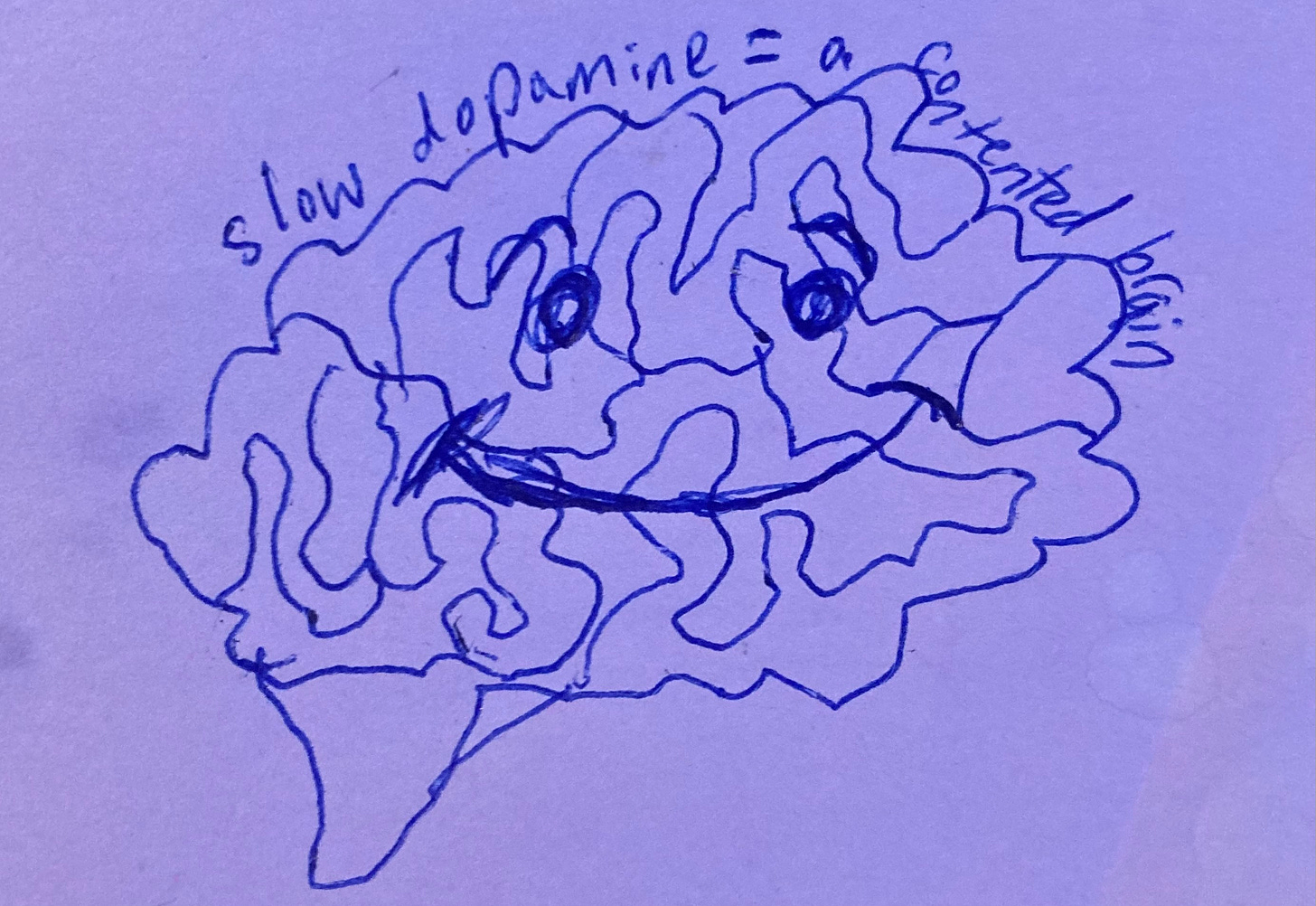Naps are an act of resistance. I give you permission to take one.
A non-sponsored endorsement of a completely free activity.

Hi friends! As you may or may not have noticed, I wasn’t in your inbox last week. Work on my book and performing in Joe Iconis & Family concerts kept me busier than usual, but I’m glad to be back this week. Thanks to all who made it to the concerts! Really fun. For those who weren’t there, Joe wrote and performed a new song called “Meditations in an Emergency” that I really love and I think anyone currently working in freelance creative careers will deeply appreciate. Okay, let’s get stackin’!
I love naps.
I’ve been a proud and vocal fan since at least 2008, when I read a book called Power Sleep. I don’t remember a single thing from that book except for one fact, which tattooed itself onto my brain and has been with me ever since:
A fifteen minute nap is more restorative than a cup of coffee.
At the time, my struggling actor self was mostly delighted by the idea that something free could be even better than something that cost money. But, as I consistently applied this wisdom over the years that followed, it became less about the financial savings and more about THE MAGIC OF NAPS MAKING ME FEEL GOOD.
When I take one of my 15-minute-ish naps (more on the length in a moment), I wake up feeling, well…completely disoriented. Like: When is it? Where is everyone? Who am I? But very soon after that, I’m up and about and feeling beautifully, almost eerily, restored. And every time, I’m kind of shocked by how effective it is. And then I wonder: Why isn’t everybody doing this???
Which is how I find myself here, writing these words in the hopes of convincing you to try a supremely slow dopamine activity: taking a nap. A siesta, if you will. (Spain, you are a genius. Though I’ve heard these days only a small percentage of the population is actually napping during the post-lunch siesta. Not sure what that’s about. But hopefully I’m about to change the minds of all the Spaniards reading this.) And if you’re already on the nap train, hell yeah. Please join me in reveling in the glory of naps.
NAP SHAME
I remember talking to a writer friend many years ago, and he was saying how tired and unproductive he became by the time afternoon rolled around. And I said, “Yeah, of course. You should nap.” And he said something like, “Ehh, I don’t know. I feel like I shouldn’t do that when I’m supposed to be working. Feels weird.”
I get this, I do. This is what capitalism has baked into us, that rest during the workday is unproductive and shameful. Napping means you’re “acting like a baby” or “a retired person” or, even worse, like you’re some kind of lazy-ass Garfield, lying there on your back, comically wasting time after consuming multiple lasagnas.
But do you know who took naps every day?
None other than legendary filmmaker Sidney Lumet. Yes, that’s right. This is the brilliant auteur behind films like 12 Angry Men, Network, and Dog Day Afternoon, among many others. My best buddy Zack Wagman and I just read Lumet’s book Making Movies for our 2-Man Book Club (going strong since 2009, happy 15 year anniversary to us!), and in Lumet’s chapter about being on-set, I was thrilled to read this paragraph about how he spent his lunch break every day:
“In my dressing room, lettuce, tomatoes, a hard-boiled egg, and some sliced ham or turkey await me. I’ll spread mayonnaise on the lettuce, add ham and tomato inside the lettuce leaf, roll it up and bolt it down. I finish my ‘meal’ in five minutes. And then I go to sleep for fifty-five. I’ll be asleep within minutes after lying down, a technique I learned in the army during World War II. Again, after all these years, I wake up about a minute before lunch hour is over and go back on set.”
This man naps! And he proudly writes about it in his book about filmmaking! His lunch choice leaves something to be desired, and I think that nap length is dangerously long (again, more on that shortly), but otherwise, YES. Bravo, Sidney. You were a prolific and highly successful film director into your 80’s, and I have no doubt your naps were a big part of why.
(Sidenote/T-Rec Bomb: To enhance our reading experience, Zack and I have been re-watching many of Lumet’s films, and guess what? They seriously hold up. Like, Network? CHILLINGLY PRESCIENT. Just swap in the words “social media” for “TV” and it hits harder than ever. And 12 Angry Men, his debut film from 1957, is a fucking masterpiece. Only 95 minutes long, mainly set in one room, and it’s electric. Also a nice way to extend the vibes of the now-concluded veepstakes [YEAH, HARRIS/WALZ!], as this film, too, has a cast that’s exclusively a wonderful spectrum of different kinds of white men.)
THE TROUGH
I do need to acknowledge that, as a freelancer who does not work in an office, napping is available to me in a way that it of course isn’t to everybody. We all know George Costanza famously tried to nap under his office desk, and it didn’t go so great for him. So, if you’re not a freelancer or working remotely, I understand why this might be difficult, but I still encourage you to give it a go on the weekend and/or find a secret napping closet.
Whatever your professional situation is, though, I’m sure you’ve experienced the post-lunch dip. I once heard some expert sleep person refer to this time of day as “the trough.” So that is what I call it now too. Approximately eight hours after you wake up, your body and brain get tired, aka you find yourself zombie-braining on your phone/laptop and not fully taking in the random shit you’re looking at even as you inexplicably find yourself needing to keep looking at it.
NAPPING AS AN ACT OF RESISTANCE
But here’s my question: why do we feel like zombie-braining is a better use of our time than napping? Well, first off, there’s that whole endless quest for dopamine hits. But also I think it’s because being on our phone feels, in some twisted way, more “productive” to our capitalism-pickled brains. This might not be work, but it’s at least work-adjacent!
This is, of course, an illusion. And it’s also what capitalism wants—keep our tired brains scrolling, staring at ads and offering up more and more of our data to the insatiable tech gods. You know what you’ll never see an ad for, though?
NAPS.
Because naps are free and, horror of horrors, they take you out of the infinite scroll. We can’t swipe while we’re sleeping! (Though I’m sure Silicon Valley is working on that.)
Which is why, my friends, I’m not being jokey or hyperbolic when I say a nap is an act of resistance. Set aside for the moment the fact that taking a nap will undoubtedly make you more productive for the rest of the day; it’s also an act of kindness to yourself, a way to take an empowered step away from the rushing current of work work work scroll scroll scroll that seems to permeate every minute of our days.
OK, SURE, BUT HOW DO I NAP??
All this said, I realize napping can be incredibly difficult to do. Unlike Sidney Lumet, I was not in World War II, so I cannot credit that with my ability to, when tired, generally fall asleep within minutes, regardless of where I am. This ability has actually provided amusement to my parents and siblings on many a text thread. When my kids were younger, and waking up at cruel hours, and life was acutely exhausting, I would take floor naps right in the middle of playtime. Like this:
But Katie is not this way; her naps usually require a very quiet room, no interruptions, and more than a few minutes to start sleeping. So I understand that I am unusual in this regard, and I apologize if this post seems like one long nap brag. No matter what you think of your napping skills, though, I really believe just the attempt can be valuable. Because, even if you don’t fall asleep—as happens to me sometimes—it’s still a restorative experience.
Okay, so let’s walk through this: You’re tired. You’re staring at words on a screen, or slides in a deck (is that the right terminology, People With Real Jobs?), or friends on vacation, and none of it even makes sense any more.
It’s time to nap.
Find a couch or bed or a puffy chair. Or the floor.
Now take out your phone. Yes, that’s right, this might be the only post where I encourage you to do that. It’s time to employ what might be the most useful tool our phones have: the timer.
Set the timer alarm to… Well. Okay. We’ve reached the part in the post about nap length.
NAP LENGTH
As mentioned in that initial fact way back in the beginning, we are aiming for a 15-minute nap. You can go slightly above this number or slightly below, but whatever you do, DO NOT GO ABOVE 30 MINUTES. THIS IS NOT A JOKE.
If you’ve ever taken an hour-long nap, you know that when you wake up, the grog is unbearable. For an hour after that, sometimes even more, it’s like you’re looking at the world through a scrim, like you’ve suddenly found yourself living in a demented fish tank, and the other fish have to repeat things multiple times before you understand what they’re saying.
This is because your nap was long enough to send you down into one of the deeper phases of sleep. At night, this is great. Going deep into all the phases is essential for restoration, for your immune system, for your memory, for being a person.
But please, let’s not go deep like that during a nap!
(That’s why I’m unclear how Sidney Lumet took a 55-minute nap every day and then got right back to work. Must be some more magic shit he learned during World War II.)
Anyway, for our purposes, you are going to venture only into the first phase of sleep, and then the timer will wake you up. You’ll feel out of it for 30 seconds, maybe a couple minutes, and then you’re right back into your life, feeling—oh yes—more restored than if you’d had a cup of coffee.
Lately, I’ve been setting my timer for 12 minutes. But, on my most time-crunched afternoons, I’ve set the timer for as little as 6 minutes. Sometimes I don’t fall asleep, and it’s just rest. But sometimes I get a 4 minute nap out of it. And even that feels good.
NOT A NAP…EYES-CLOSED MEDITATION
So, okay, you set the timer for 10 minutes, or 16 minutes, or 24 minutes, whatever you want, and then you tap Start. This is a good moment to switch your phone to Do Not Disturb. Maybe turn on some white noise, too. Close your eyes and begin.
Here is the second-best piece of sleep advice I’ve ever received. It came from another sleep expert on a podcast, and I apologize to them because I do not remember their name or their book title, but I so deeply appreciated this:
When you nap, you should take the pressure off getting yourself to fall asleep by changing your intention to mindfulness meditation. Meaning: when you’re lying there with your eyes closed, try to focus on your breathing. Count each breath if you want. And when you find yourself thinking about something else, label it thinking, and then come back to your breathing.
The expert said this takes away the fight-or-flight restlessness we so often have when we’re trying to fall asleep. Instead of spinning on whatever you’re anxious about, focusing on the breath stabilizes your autonomic nervous system.
And it’s a win-win, because either you’re getting the full restoration of sleep, or you’re getting the reset/refresh of meditation. Sometimes the timer rings and I’m unsure whether I fell asleep or not. (This usually means I did.)
Also, I don’t know if you’ve ever meditated, and then felt a few minutes in like you wanted to just sleep instead, but then felt like, But I’m supposed to be meditating! When that happens here, guess what? You can go to sleep! That’s the goal! Congratulations, you’ve tricked yourself into success!
And thus concludes my stirring endorsement of the siesta. Hope it was helpful. If you made it to this sentence, thanks! I believe in naps, and I believe in you.
If you already are a regular napper, let me know in the comments! Writing this has made me incredibly curious about whether there are others like me and Sidney Lumet out there. If you aren’t a napper, are you now a little more nap-curious? Let me know that too!
Okay. Thank you. I’ll be back next week with a fantastic interview with delightful romance/YA author Amy Spalding. SEE YOU THEN







I am famously nap-resistant. It's so difficult for me to fall asleep at night that I find the prospect of naps daunting. I appreciated the "meditation" advice to take the pressure off having to fall asleep quickly... but I really just want to know what crazy shit Sydney Lumet learned during the war that allows him to eat a carb-free lunch and then fall asleep immediately. Goals.
As his Dad, I can attest that Lance can fall asleep anywhere very quickly, no matter how uncomfortable it appears to the observer. I also think it's partly genetic as I've been known to fall asleep in the middle of conversations. People who don't know me tend to get offended, but not friends.